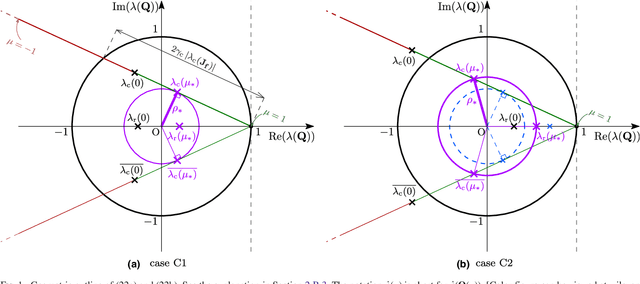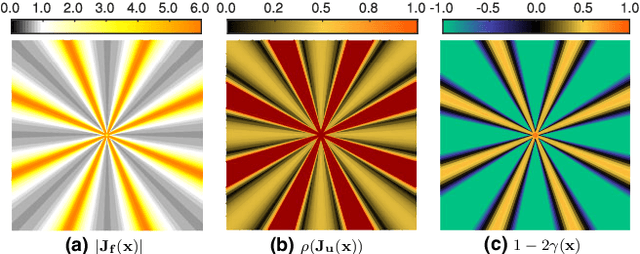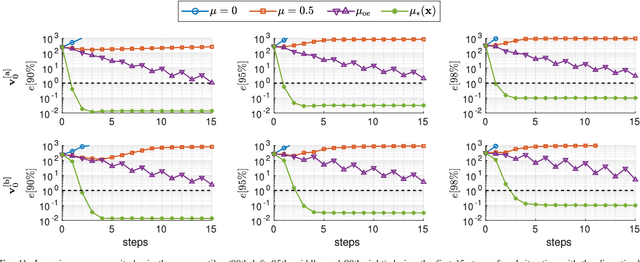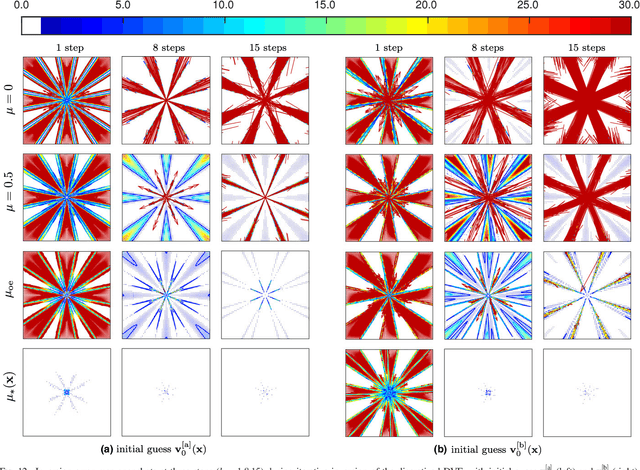Abhishek Kumar Dubey
Iterative Inversion of Deformation Vector Fields with Feedback Control
Mar 28, 2018



Abstract:Purpose: Often, the inverse deformation vector field (DVF) is needed together with the corresponding forward DVF in 4D reconstruction and dose calculation, adaptive radiation therapy, and simultaneous deformable registration. This study aims at improving both accuracy and efficiency of iterative algorithms for DVF inversion, and advancing our understanding of divergence and latency conditions. Method: We introduce a framework of fixed-point iteration algorithms with active feedback control for DVF inversion. Based on rigorous convergence analysis, we design control mechanisms for modulating the inverse consistency (IC) residual of the current iterate, to be used as feedback into the next iterate. The control is designed adaptively to the input DVF with the objective to enlarge the convergence area and expedite convergence. Three particular settings of feedback control are introduced: constant value over the domain throughout the iteration; alternating values between iteration steps; and spatially variant values. We also introduce three spectral measures of the displacement Jacobian for characterizing a DVF. These measures reveal the critical role of what we term the non-translational displacement component (NTDC) of the DVF. We carry out inversion experiments with an analytical DVF pair, and with DVFs associated with thoracic CT images of 6 patients at end of expiration and end of inspiration. Results: NTDC-adaptive iterations are shown to attain a larger convergence region at a faster pace compared to previous non-adaptive DVF inversion iteration algorithms. By our numerical experiments, alternating control yields smaller IC residuals and inversion errors than constant control. Spatially variant control renders smaller residuals and errors by at least an order of magnitude, compared to other schemes, in no more than 10 steps. Inversion results also show remarkable quantitative agreement with analysis-based predictions. Conclusion: Our analysis captures properties of DVF data associated with clinical CT images, and provides new understanding of iterative DVF inversion algorithms with a simple residual feedback control. Adaptive control is necessary and highly effective in the presence of non-small NTDCs. The adaptive iterations or the spectral measures, or both, may potentially be incorporated into deformable image registration methods.
 Add to Chrome
Add to Chrome Add to Firefox
Add to Firefox Add to Edge
Add to Edge